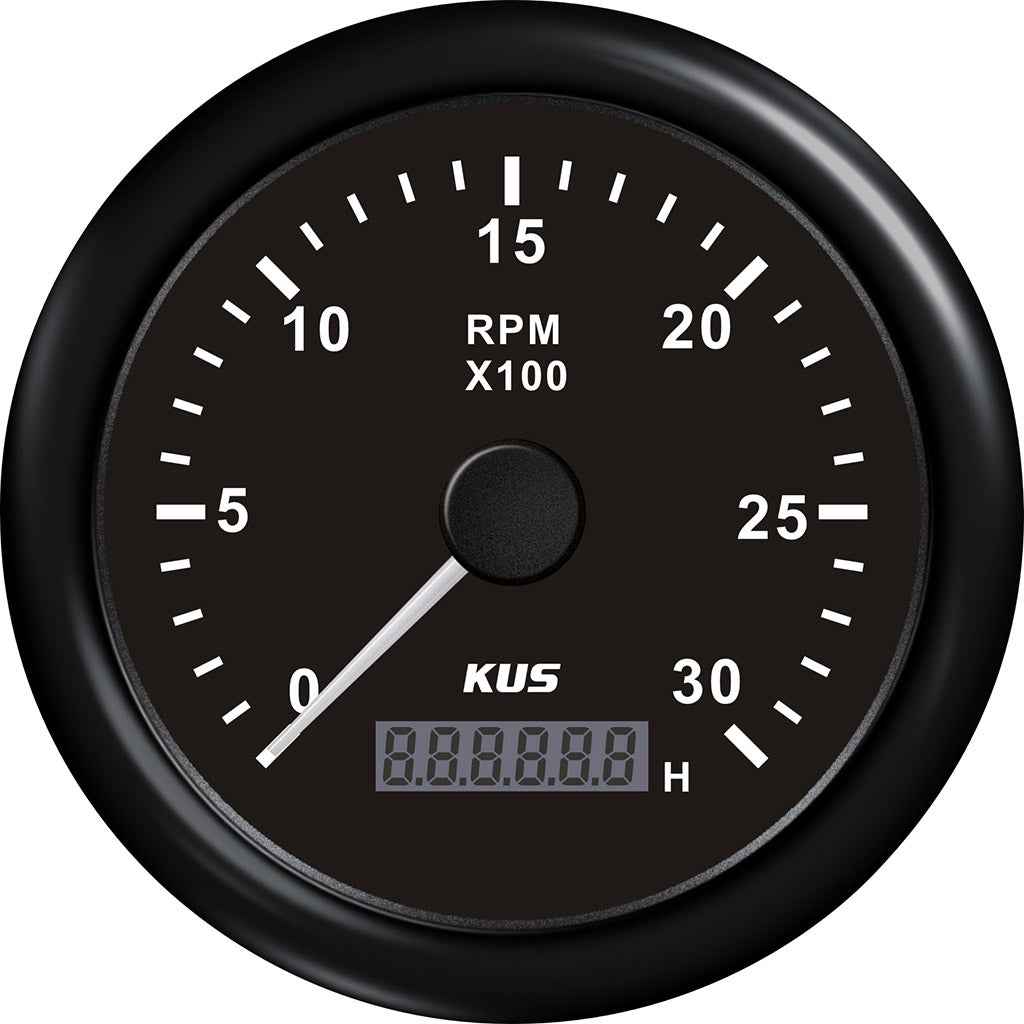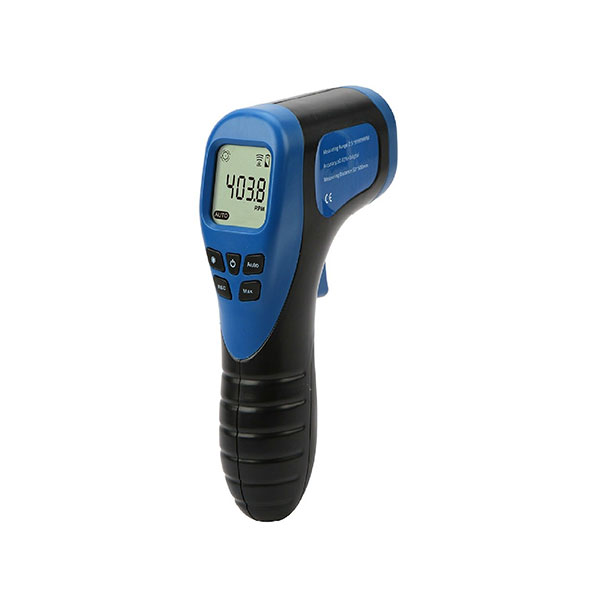Discover Exactly How a Tachometer Can Improve Your Automobile's Efficiency
Wiki Article
The Relevance of a Tachometer in Monitoring Engine Rate and Efficiency in Automotive Applications
In the world of automobile design, the tachometer stands as a crucial tool in the chauffeur's collection, offering a straight home window into the internal functions of a car's engine. Past its feature as a simple scale of revolutions per min (RPM), the tachometer offers as an important tool for fanatics and specialists alike, using real-time insights right into engine efficiency and wellness.Significance of Monitoring Engine RPM
Keeping an eye on engine RPM, or transformations per minute, is a critical facet of auto upkeep and efficiency assessment. Engine RPM straight associates with the rate at which the engine's crankshaft turns, indicating exactly how rapidly the engine is running - tachometer. By monitoring RPM, auto mechanics can evaluate the wellness of the engine, detect potential concerns, and fine-tune efficiency. An uncommon RPM analysis might signal problems such as engine misfires, defective ignition system, or issues with the fuel shipment system. Continually high RPM analyses can show hostile driving routines or the demand for a higher equipment change to improve fuel effectiveness.In addition, keeping track of engine RPM is crucial for efficiency analysis in auto racing and high-performance lorries. Keeping ideal RPM levels is vital for attaining peak power result and velocity. Racers usually utilize tachometers to ensure they are operating within the ideal RPM variety for maximum performance. In recap, monitoring engine RPM is not only crucial for identifying issues yet also for enhancing engine efficiency in various vehicle applications.

Advantages of Real-Time Information
In vehicle applications, real-time information plays an essential role in offering immediate understandings right into the efficiency and condition of the vehicle. By constantly keeping track of various parameters such as engine rate, temperature, gas consumption, and extra, real-time data offers many benefits that add to enhanced performance and safety when traveling.
Additionally, real-time information helps with efficiency optimization by supplying immediate comments on driving practices and engine performance. Chauffeurs can readjust their habits in real-time based on this details to accomplish better fuel economic climate and prolong the life expectancy of their car.

Additionally, real-time data plays browse this site an essential role in modern automotive diagnostics, enabling professionals to quickly diagnose and address breakdowns. This brings about reduced downtime, lower maintenance expenses, and ultimately, enhanced general automobile dependability and durability (tachometer). By utilizing the power of real-time data, automobile stakeholders can make informed choices that positively influence both the performance and durability of the automobile
Effect On Gear Shifts
The tachometer plays a vital duty in enhancing gear shifts by giving real-time engine speed data to the motorist. When coming close to the redline on the tachometer, it indicates the motorist to upshift to stop over-revving the engine and triggering potential damage.Additionally, the tachometer aids in achieving smoother gear changes, specifically in hands-on transmissions. By keeping an eye on engine speed, drivers can execute equipment shifts at the optimal RPM array, lowering jerking motions and decreasing endure the transmission elements. This precision in equipment modifications not only boosts driving convenience yet also adds to fuel efficiency.
Enhancing Gas Effectiveness
Given the essential function the tachometer plays in optimizing equipment shifts for efficiency and engine health and wellness, it directly adds to optimizing fuel performance in vehicle applications. By providing real-time responses on engine speed, the tachometer aids chauffeurs in keeping the most reliable RPM variety for gas economic find climate. When vehicle drivers constantly monitor the tachometer and change their motoring practices as necessary, they can avoid unneeded fuel usage created by over-revving or lugging the engine.Moreover, the tachometer helps chauffeurs determine the most fuel-efficient gear to be in at any type of given moment, avoiding the engine from working more difficult than required. In final thought, the tachometer serves as an important tool in enhancing fuel efficiency by promoting optimum driving behaviors and recognizing locations for enhancement in the automobile's performance.

Making Best Use Of Engine Long Life
The tachometer's duty in keeping an eye on engine speed and performance contributes in making certain the durability of automobile engines. By utilizing the tachometer effectively, vehicle drivers can enhance engine longevity via conscious RPM administration. Consistently revving an engine too expensive can cause excessive damage on important elements, such as the pistons, valves, and bearings. Gradually, this can lead to decreased engine efficiency and potential breakdowns. Keeping track of the tachometer allows motorists to stay within the advised RPM range for their lorry, stopping unnecessary stress on the engine and expanding its life expectancy.
Final Thought
To conclude, the tachometer plays a crucial role in checking engine rate and efficiency in vehicle applications. By offering real-time information on RPM, it permits efficient equipment changes, enhanced fuel effectiveness, and made best use of engine longevity. This tool is important for keeping ideal engine efficiency and guaranteeing the total functionality of an automobile.Report this wiki page